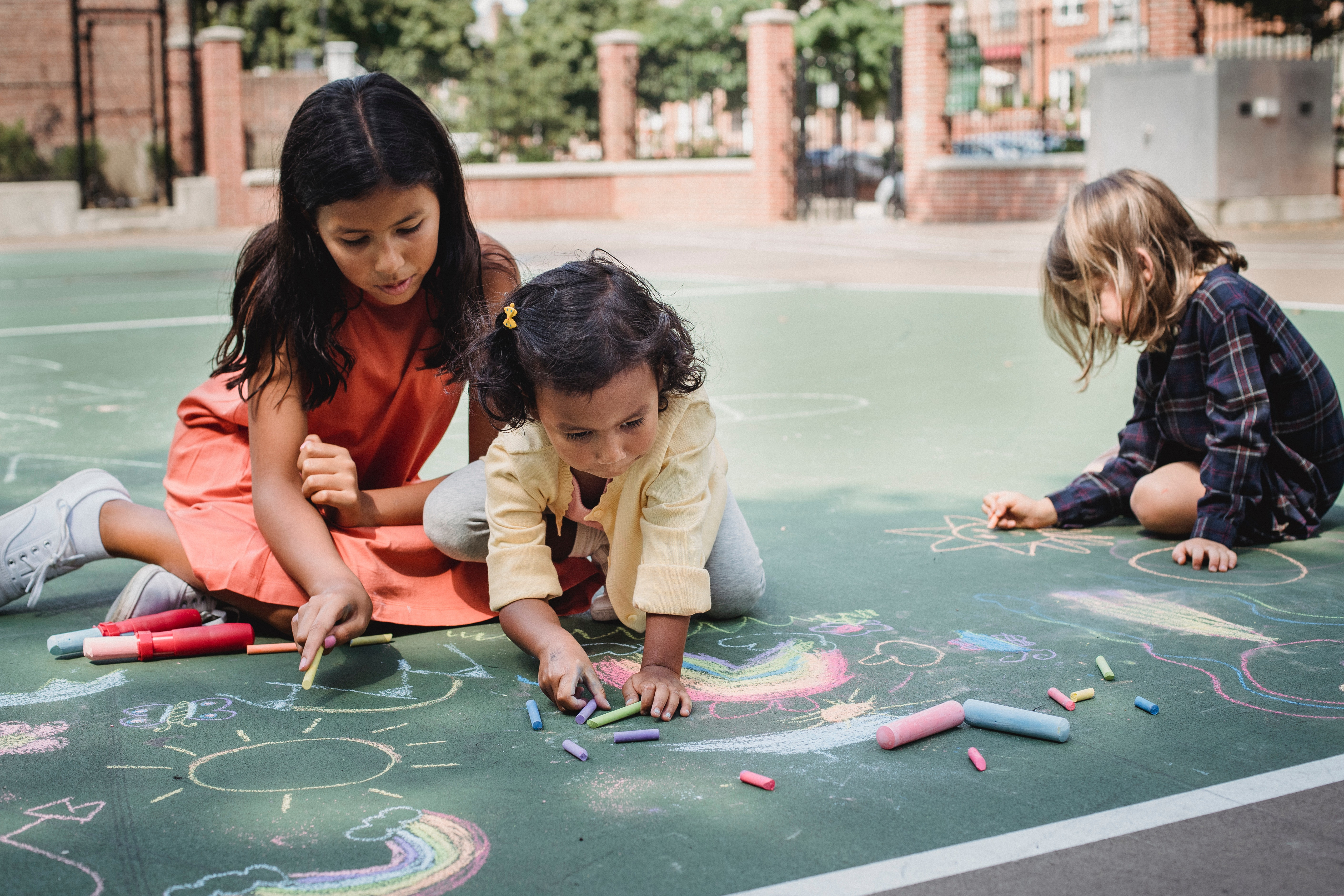How to encourage creativity in children
When you look at a child and comment positively about their creativity, what are you focusing on? What tells you that a person is creative? …Or, is it just something we say to encourage children to draw, to think, to create without actually being able to specifically define the actions or dispositions behind the label of ‘creativity’? How can we effectively nurture creativity if we aren’t even sure how to define it?
Creativity is defined by the Cambridge dictionary as ‘the ability to produce or use original and unusual ideas.’
But what does that actually look like in action?
Who determines whether an idea or action is unusual or original?
Instead of expecting children to simply ‘be creative’, it is more helpful to foster children’s dispositions for exploration, inventiveness, focus, experimentation, risk-taking, persistence and curiosity – the very dispositions that can support their potential for creativity in the future. Developing these kinds of 21st Century skills will help children thrive in futures we cannot even imagine; where the jobs they will do, the problems they will face and the worlds they will lead are completely unknown and largely unpredictable.
Everyone has the potential for creativity, but we need to build the conditions and environments that foster children’s creative thinking.
Things to AVOID:
- Don’t take over. Let the child take charge of their own creative play and exploration.
- Don’t answer every question with a factual answer. You might know the answers, but being too eager to prove how much you know steals children’s opportunity to learn through experience. It is more important that children are supported to wonder and hypothesize, experiment and explore than have the adults in their lives fill in all of the blanks and answer all of their questions
- Don’t solve every problem for children. When you cut off the wondering with quick solutions, it sends children the message that there are right and wrong answers and suggests that adults know better and that children’s ideas and theories are inferior.
Things to DO:
- Provide children with opportunities to become familiar with all sorts of objects, loose parts, materials and tools. E.g. arts materials, microscopes, scales, calculators or construction sets. When children master techniques and processes, they will have the confidence to think outside of the square and to combine ideas to create unique solutions.
- Give children the time to engage in rich play and exploration with materials; time to experiment with how to use them and what they can do. Rushing children to perform to adult agendas and schedules will shut down inventiveness.
- Set up experiences in unusual contexts. E.g. What explorations and experimentation might occur if you put cooking scales in the sandpit, ropes and pulleys in the fort or a magnifying glass at a drawing table set up under a tree?
- Nurture reflection and risk-taking. E.g. When children’s attempts fail, don’t be too quick to solve the problems for them. Instead help them to value that failure is a pathway to solutions and creative problem solving.
- Introduce challenging experiences. E.g. Provide children with tools to deconstruct an old appliance (remove electrical cords first) and then challenge them to design an artwork or design using the loose parts.
- Pay attention, value and notice children’s unexpected discoveries.
- Foster wondering and provoke further exploration by asking questions that extend children’s thinking about their theories and the things they are interested in.
- Ask questions such as:
I wonder….?
How could we learn more about…?
I wonder what else you could try?
How do you think that happens?
Can you take a photo/do a drawing to explain your thinking?
Children are naturally curious. They want to figure out how the world around them works. In fact, meaning-making and wondering are in their DNA… and in yours as well if you choose to rediscover and relearn how to engage in playful exploration!!
So have fun, value children’s ideas and believe in children’s brilliance as both current and future citizens!
This article was originally published on the Camp Australia, you can find the original article here.



